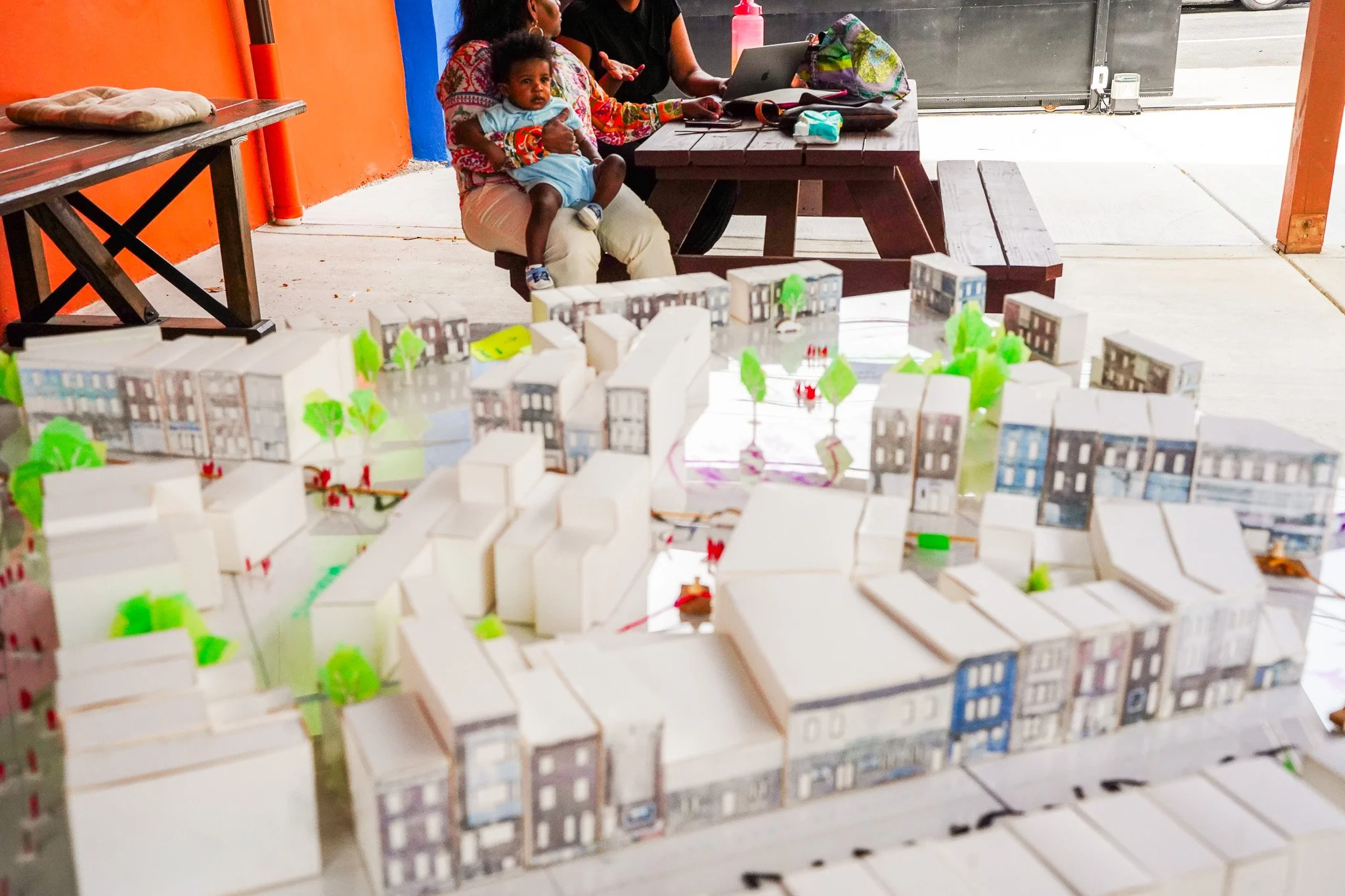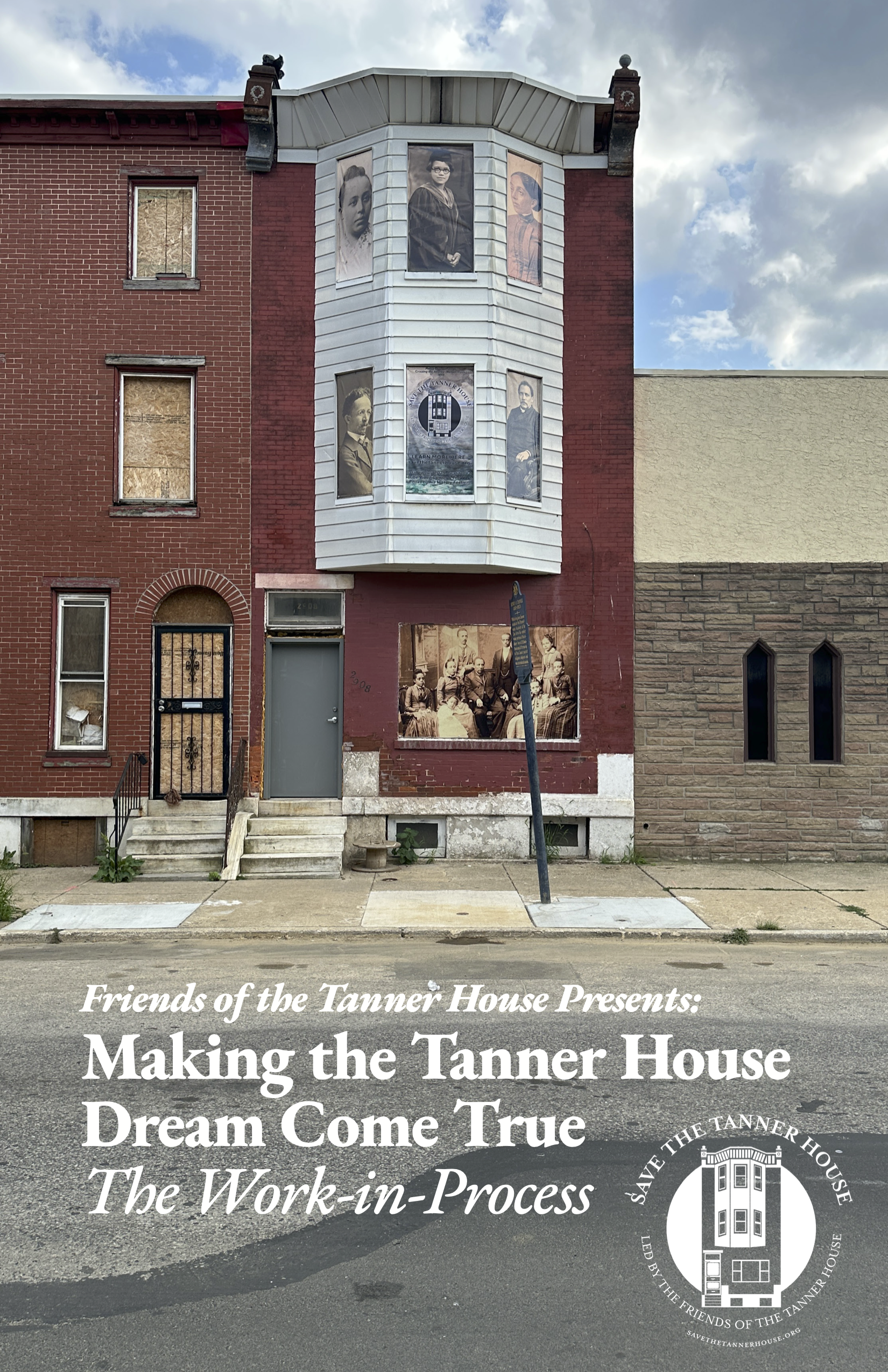REPORT EXCERPT | The Work of Remembering: A Year of Community, Culture, and Connection
This offering from Community Engagement Coordinator Dayona Evans has been excerpted from the recent Making the Tanner House Dream Come True report which is available at this link.
This past year, I’ve had the honor of serving as the Community Engagement Coordinator for the Henry Ossawa Tanner House—a role that has deepened my understanding of legacy, place, and the power of collective memory. Through partnerships with libraries, after-school programs, artists, and churches—just to name a few—I’ve witnessed how local history becomes a living force when it’s rooted in community. The work has been both tender and transformative, revealing truths about preservation, storytelling, and the rhythms of engagement that can’t be learned from textbooks alone. What follows are ten lessons that emerged from this journey, each shaped by collaboration, reflection, and a commitment to honoring Black heritage with care and intention.
1. Local History is Living History.
Preservation isn’t just about buildings—it’s about people, stories, and rituals that continue to shape identity.
2. Partnerships are Portals.
Collaborating with libraries, artists, and educators opens new pathways for engagement and expands the reach of historical narratives.
3. Children are Carriers of Legacy.
Working with after-school programs revealed how young people absorb and reinterpret history when it’s made emotionally resonant.
4. Cultural Relevance Deepens Impact.
Programming that reflects Black heritage, ancestral wisdom, and common culture resonates more deeply and invites reflection.
5. Storytelling is Strategy.
Whether through exhibits, events, or social media, storytelling is a tool for education, healing, and mobilization.
6. Emotional Safety is Foundational.
Creating spaces where people feel seen and respected allows for deeper dialogue and authentic connection.
7. Art is a Bridge to Memory.
Partnering with artists illuminated how creative expression can make history tactile, visual, and emotionally accessible.
8. Community is the Archive.
Elders, youth, and neighbors hold knowledge that formal archives often overlook—engaging them is essential.
9. Flexibility is a Form of Respect.
Adapting to community rhythms, needs, and feedback honors the lived realities of those you serve.
10. Preservation is Political.
Elevating Black historic spaces challenges erasure and affirms the value of Black life, labor, and legacy.
All in all, preserving Black history is not just about safeguarding the past—it’s about shaping the future with intention, truth, and care. The lessons shared here are not fixed formulas, but living practices born from community, collaboration, and a deep reverence for honoring our legacy. Whether you’re an educator, artist, organizer, or neighbor, there is space for you in this work. Let these reflections be a starting point—a call to listen more deeply, engage more boldly, and build with others towards a future where our stories are not only remembered, but celebrated. The work continues, and it welcomes you.
Authored by Dayona Evans, Friends of the Tanner House Community Engagement Coordinator.


